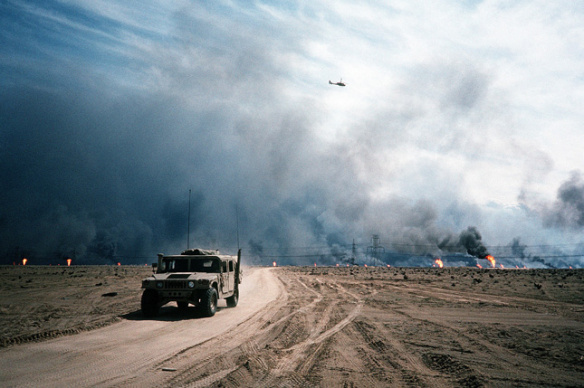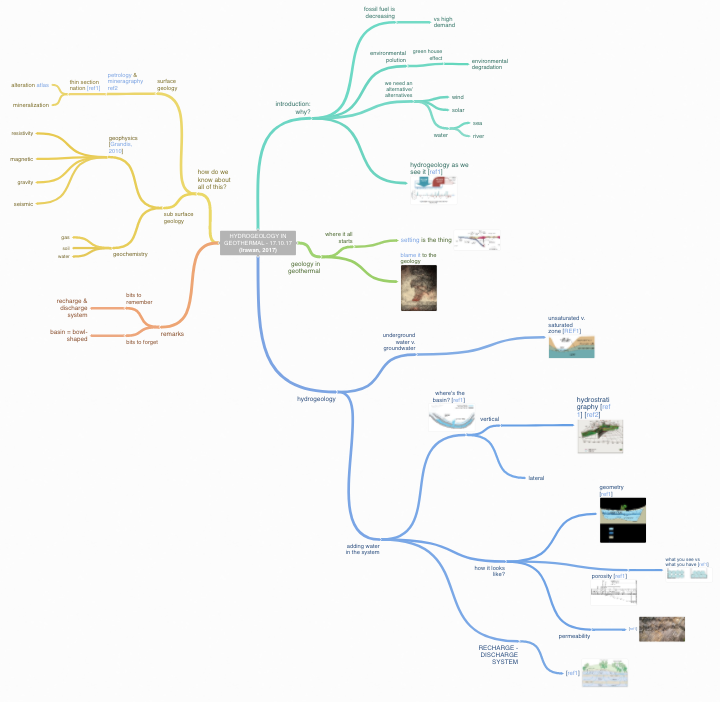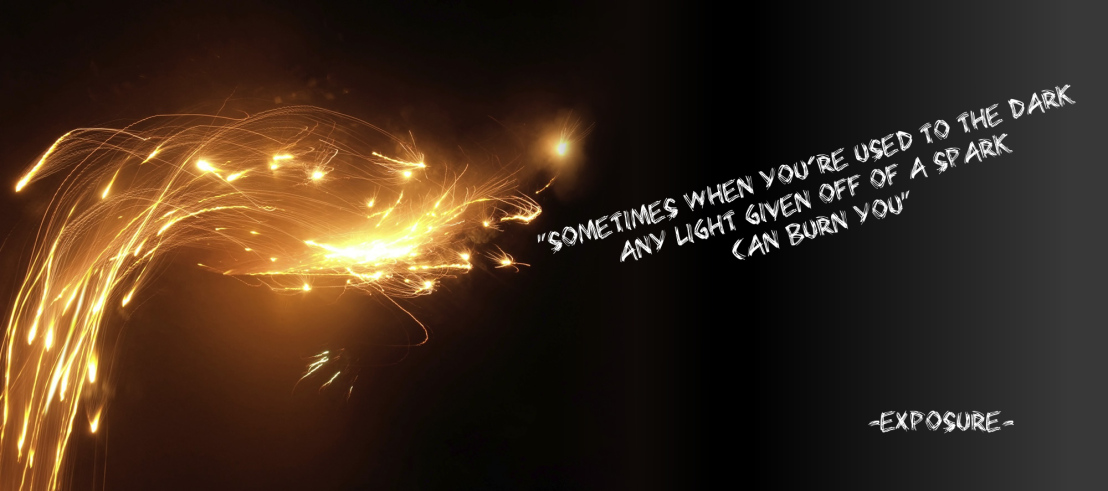GR: Conflicts should perhaps be included in the list of the top nature destroying human activities. This gives us construction and farming, global warming, invasive species, pesticides and toxic wastes, soil erosion, resource harvesting (deforestation, fishing, and hunting), and conflict. As global warming advances, conflict will probably move up in the list.
 “Over the last 60 years, more than two-thirds of the world’s remaining biodiversity hotspots have experienced armed conflict. The effects have been myriad, from destruction as a result of military tactics to indirect socioeconomic and political changes, like human migration and displacement. This so-called “war on wildlife” has important implications for conservation and peacebuilding efforts, according to a recent literature review published in Frontiers in Ecology and the Environment.“
“Over the last 60 years, more than two-thirds of the world’s remaining biodiversity hotspots have experienced armed conflict. The effects have been myriad, from destruction as a result of military tactics to indirect socioeconomic and political changes, like human migration and displacement. This so-called “war on wildlife” has important implications for conservation and peacebuilding efforts, according to a recent literature review published in Frontiers in Ecology and the Environment.“
“Through armed conflict, global socioeconomic and political dynamics can ultimately threaten local animal populations and the vulnerable human communities that rely on their services,” said Kaitlyn Gaynor, lead author of the study, via email.
“The paper, a collaboration between natural and social scientists at the University of California-Berkeley, categorizes 144 case studies around the world that illustrate direct or indirect links between armed conflict and critical wildlife populations, from African elephants in Angola to mountain gorillas in Rwanda.
“The results of the literature review show a clear trend towards “non-tactical” pathways of conflict affecting wildlife more than tactical. Non-tactical pathways include changing institutional dynamics (83 cases), movements of people (81 cases), and altered economies (84 cases).” –Bethany N. Bella (Continue: A Survey of the “War on Wildlife”: How Conflict Affects Conservation.)
Share this:- More





